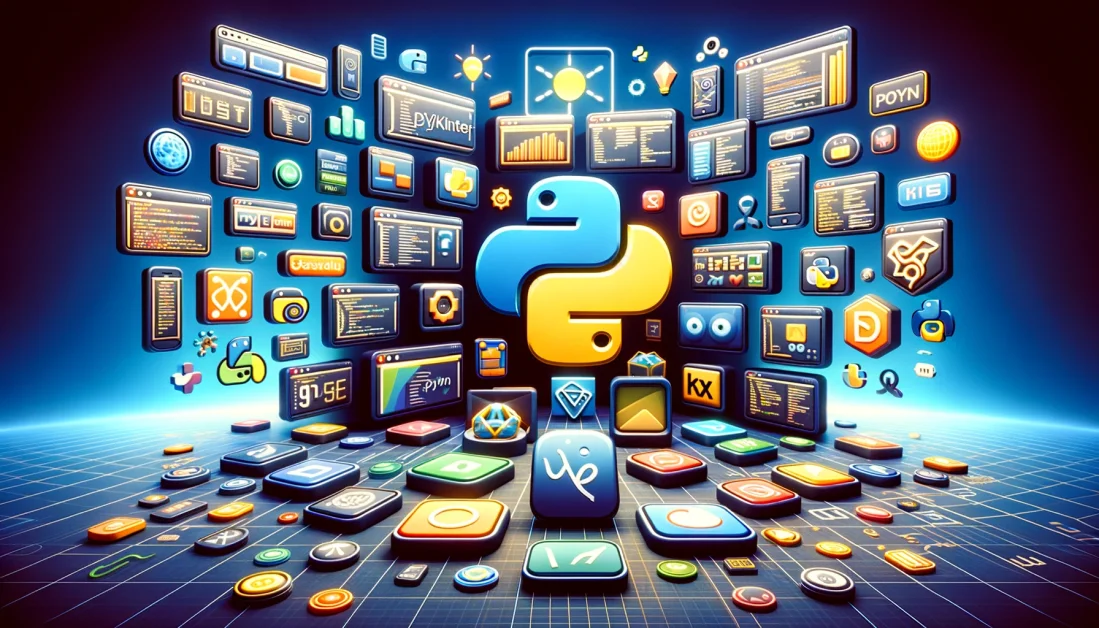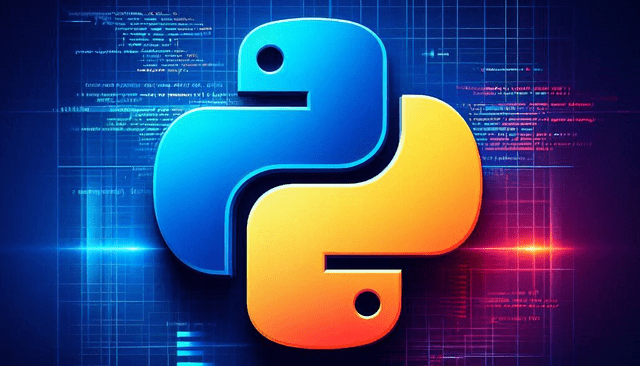Artificial Intelligence (AI) and Machine Learning (ML) are transforming industries across the globe, and Python has become the de facto language of choice for professionals in these fields. Python’s popularity in AI and ML can be attributed to its simplicity, flexibility, and the wide array of libraries and tools available. In this article, we will explore how Python supports AI and ML development, and why it is considered one of the best programming languages for these rapidly advancing fields.
Python Libraries for Machine Learning
Python has a rich ecosystem of libraries and frameworks that support machine learning and artificial intelligence. Some of the most well-known libraries include:
- scikit-learn: A comprehensive library for implementing machine learning algorithms, such as classification, regression, clustering, and dimensionality reduction.
- TensorFlow: A powerful open-source framework for deep learning and neural networks developed by Google.
- PyTorch: Another deep learning library, known for its flexibility and ease of use, developed by Facebook.
- Keras: A high-level neural networks API, running on top of TensorFlow, that simplifies the creation of deep learning models.
These libraries provide a vast array of pre-built functions, algorithms, and tools to make the process of developing AI and ML models more efficient and accessible.
Example: A data scientist working on a predictive model for stock prices might use scikit-learn to train a regression model, TensorFlow to implement a neural network, and Keras to simplify the model’s architecture.
Python for Deep Learning and Neural Networks
Deep learning, a subset of machine learning, relies heavily on neural networks and large amounts of data. Python has gained widespread use in deep learning due to libraries like TensorFlow, PyTorch, and Keras, which simplify the implementation of deep neural networks.
These libraries provide tools for building and training neural networks, which are capable of learning complex patterns in data. With Python, developers can create sophisticated AI models that power applications like image recognition, natural language processing, and autonomous driving.
Example: A self-driving car company might use Python and TensorFlow to train a convolutional neural network (CNN) to identify objects on the road from images captured by cameras.
Python for AI Integration
Beyond machine learning and deep learning, Python is also widely used for general AI development. Libraries like NLTK (Natural Language Toolkit) and spaCy are widely used in natural language processing (NLP), while OpenCV is popular for computer vision tasks. These libraries enable AI systems to understand and process human language, images, and video, which are crucial components of many AI applications.
Python also supports reinforcement learning, where an agent learns by interacting with its environment and receiving feedback. Libraries like OpenAI’s Gym make it easier to implement and experiment with reinforcement learning algorithms.
Example: A company developing a virtual assistant can use Python and NLTK for processing spoken commands and generating appropriate responses based on context.
Conclusion
Python is at the heart of the AI and machine learning revolution, thanks to its powerful libraries, ease of use, and versatility. Whether you’re working on machine learning models, deep learning neural networks, or general AI systems, Python offers the tools and support necessary to bring your ideas to life. As AI and ML continue to grow in importance, Python will remain the language of choice for professionals looking to innovate in these fields.




